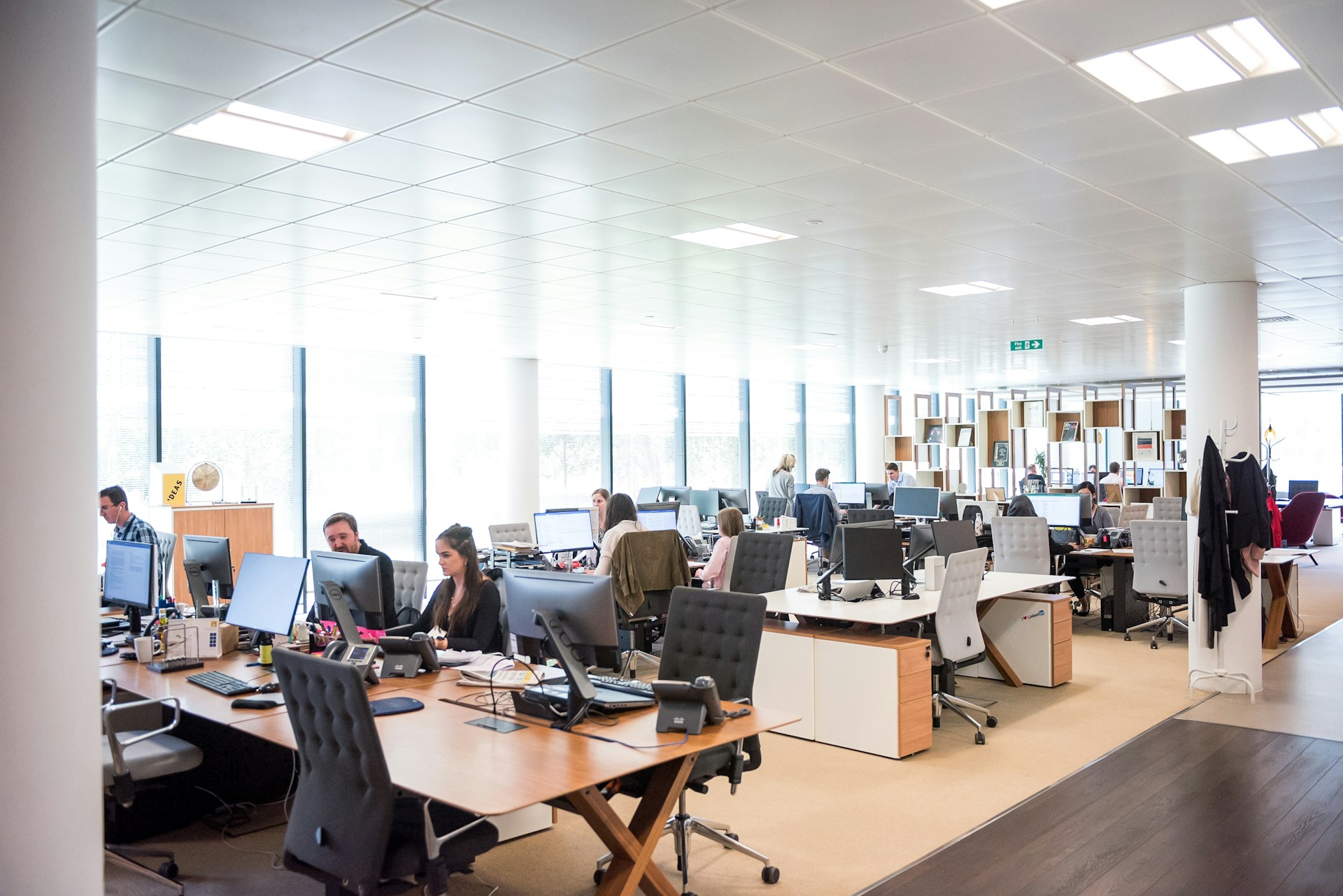Workplace Challenges for Neurodiverse Employees

Neurodiverse employees can be at a disadvantage when it comes to finding and retaining a job they want. From the recruitment phase to day-to-day work challenges, many organizations are not designed to accommodate and facilitate individuals with cognitive disabilities.Unfortunately, it can be difficult for neurodiverse employees to get hired because most businesses still insist on hiring for 'culture fit.' There is an unjust fear getting neurodiverse employees on board will not sit well with existing employees. As a result, it can be difficult for these individuals to land jobs, but their challenges don't end there. Once hired, neurodiverse employees often face discrimination and a lack of resources designed for their needs.Here are some common problems neurodiverse employees have to face in workplaces as well as suggestions for organizations to create a working environment that meets the needs of their differently abled team members.
Discrimination
Workplace discrimination is a leading cause of concern for neurodiverse employees. The stigmas attached to cognitive disabilities cloud the judgment of existing employees and lead to direct discrimination. Interestingly, people believe they understand neurodiversity, but their views are based on outdated beliefs and stereotypes.Did you know that almost 75% of neurodivergent workers hide their condition because of fear of discrimination? Of the remaining 25% who disclose their condition at work, half of them regret their decision later on.
Unsuitable work environment
Workplaces are typically designed to suit and benefit neurotypical employees without considering the special needs of neurodiverse people. This hinders the productivity of differently-abled staff members. Since people with cognitive disabilities have special needs, if the employer cannot create a suitable work environment that addresses them, employees will not feel comfortable or supported at their jobs, ultimately not reaching their full potential.If a company wants to make the most of a neurodiverse workforce, it is important that they create work environments that enable them to co-exist and engage with neurotypical employees. Adjustments through space planning and technology can help develop workplace pockets designed especially for diversity.
The assumption of “one-size-fits-all”
A neurodiverse workforce means that the company may have people struggling with Dyspraxia, Dyslexia, Autist Spectrum, Attention Deficit Hyperactivity Disorder, and Tourette Syndrome, among other neurological differences. When every individual is different, their working requirements are unique too.Most companies rely on a "one-size-fits-all" mentality regarding neurodiverse employees. However, this approach is ineffective in creating a positive work environment, and it often leads employees to become distressed at work. Instead, employers should strive to understand the behavioral patterns of their neurodivergent teams and create a working environment specifically tailored to their needs.For example, some neurodivergent employees prefer acoustic privacy to minimize disruptions. Placing them away from major routes and service areas such as cafes and restrooms can help them focus better at their tasks. While this may work for employees with noise sensitivity, the same will not be as effective for neurodiverse employees who are sensitive to harsh and distracting lights. Therefore, companies should focus on creating a work environment that helps release the complete potential of a neurodiverse team.
Neurodiversity and mental health
There is a prevalent misconception that neurodiverse people are mentally “disabled.” In truth, neurodivergent people simply function, learn and process information differently than others. The problem arises when they are forced to act like neurotypicals to blend in with the rest of the employees, or to simply get the job done. Lack of support, the stress of masking their identity, anxiety and workplace bullying eventually lead to mental health problems.Being different from others places neurodivergent employees at a higher risk of developing mental health conditions than their colleagues. The best way to counteract this situation is by educating the neurotypical staff. Making other employees understand why the needs of neurodiverse employees are different is crucial if you want to create an inclusive work environment. Ultimately, the acceptance of differences reduces discrimination and allows neurodiverse employees to thrive in workplaces with lower risk of mental health problems.
Final word
Every condition under neurodiversity has its own set of challenges in the workplace, but these challenges in no way prevent all differently abled people from being successful at work. For example, some people may thrive in a co-working environment, while others may struggle to complete specific tasks because of their condition and therefore are best suited to work remotely.A neurodiverse workforce brings unique talents and skills that neurotypicals can't match. Recent research by Deloitte shows that companies with a more inclusive workforce are 6 times more agile and creative. Neurodivergent employees have the ability to view problems from new perspectives and develop out-of-the-box solutions. Therefore, employers must develop an open and supportive work culture that empowers neurodivergent employees to live up to their potential.
FAQ
Sì. L'executive coaching svolge un ruolo chiave nella ritenzione e nel coinvolgimento dei senior leader offrendo loro spazio per riflettere, crescere e dare espressione a uno scopo. Con il supporto individualizzato, i dirigenti rafforzano comunicazione, processo decisionale e resilienza, per un coinvolgimento e una soddisfazione duraturi.
Con CoachHub Executive™, non solo migliora la performance della leadership, ma crescono allineamento, motivazione e fiducia in sé tra i migliori talenti. Di conseguenza, la ritenzione aumenta e la pipeline di leadership si irrobustisce.
CoachHub Executive™ va oltre le sessioni individuali integrando tecnologia, insight misurabili e apprendimento continuo in ogni percorso di coaching. Ogni dirigente beneficia di un abbinamento personalizzato con coach certificati e formati di sessione flessibili per rinforzare lo sviluppo tra le sessioni.
Mentre il coaching tradizionale spesso manca di scalabilità o monitoraggio misurabile, CoachHub offre visibilità dell'impatto con dashboard basate sui dati, flessibilità di pianificazione 24/7 e un'esperienza coerente e di elevata qualità per i leader nel mondo, sempre adattabile agli obiettivi della tua organizzazione.
Sì. L'executive coaching è disponibile in 90 paesi e in oltre 40 lingue, con reti di coach localizzate che soddisfano le esigenze culturali e aziendali delle organizzazioni globali.





.svg)

.svg)




